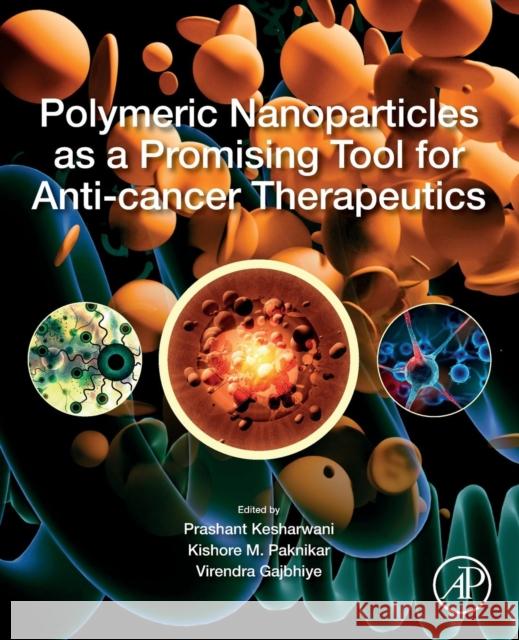Polymeric Nanoparticles as a Promising Tool for Anti-Cancer Therapeutics » książka
topmenu
Polymeric Nanoparticles as a Promising Tool for Anti-Cancer Therapeutics
ISBN-13: 9780128169636 / Angielski / Miękka / 2019 / 432 str.
Kategorie BISAC:
Wydawca:
Academic Press
Język:
Angielski
ISBN-13:
9780128169636
Rok wydania:
2019
Ilość stron:
432
Waga:
0.73 kg
Wymiary:
23.5 x 19.1 x 2.24
Oprawa:
Miękka
Wolumenów:
01
Dodatkowe informacje:
Bibliografia











